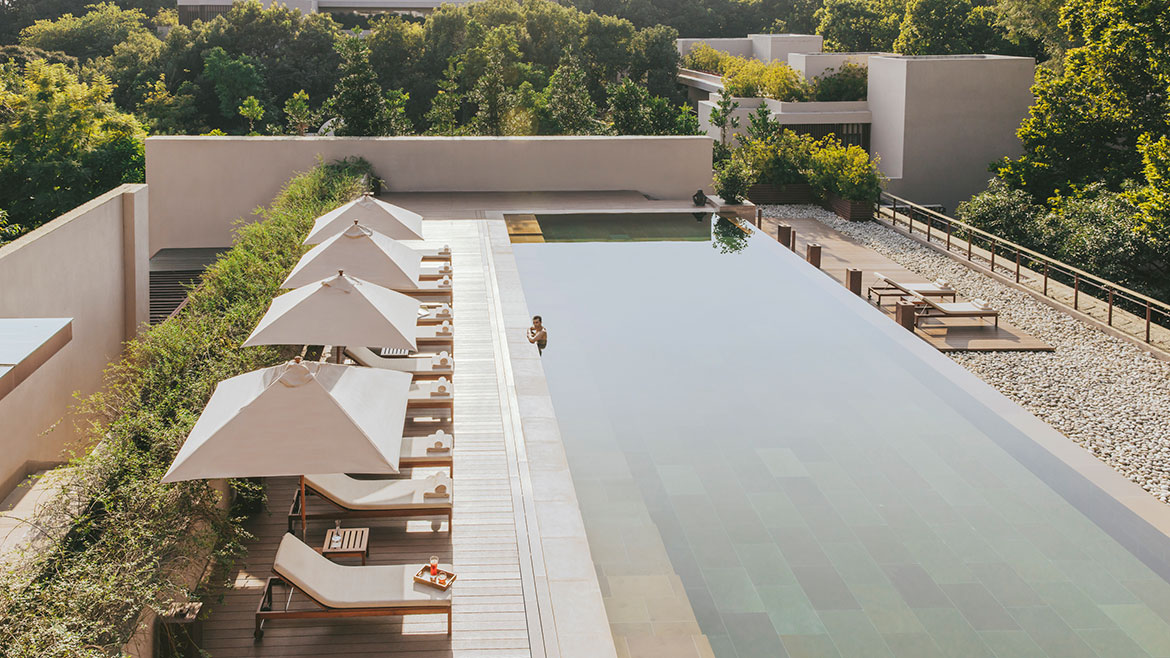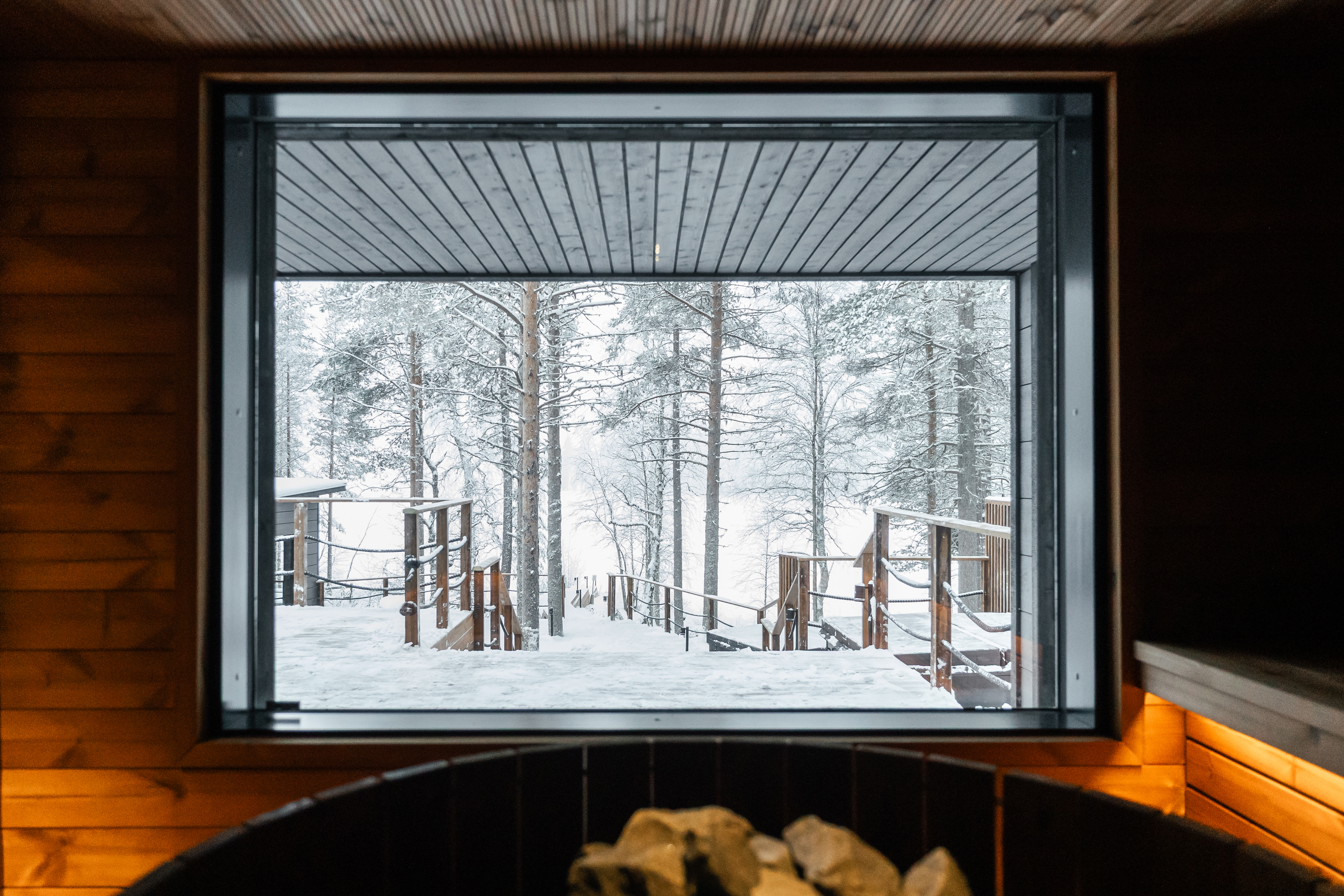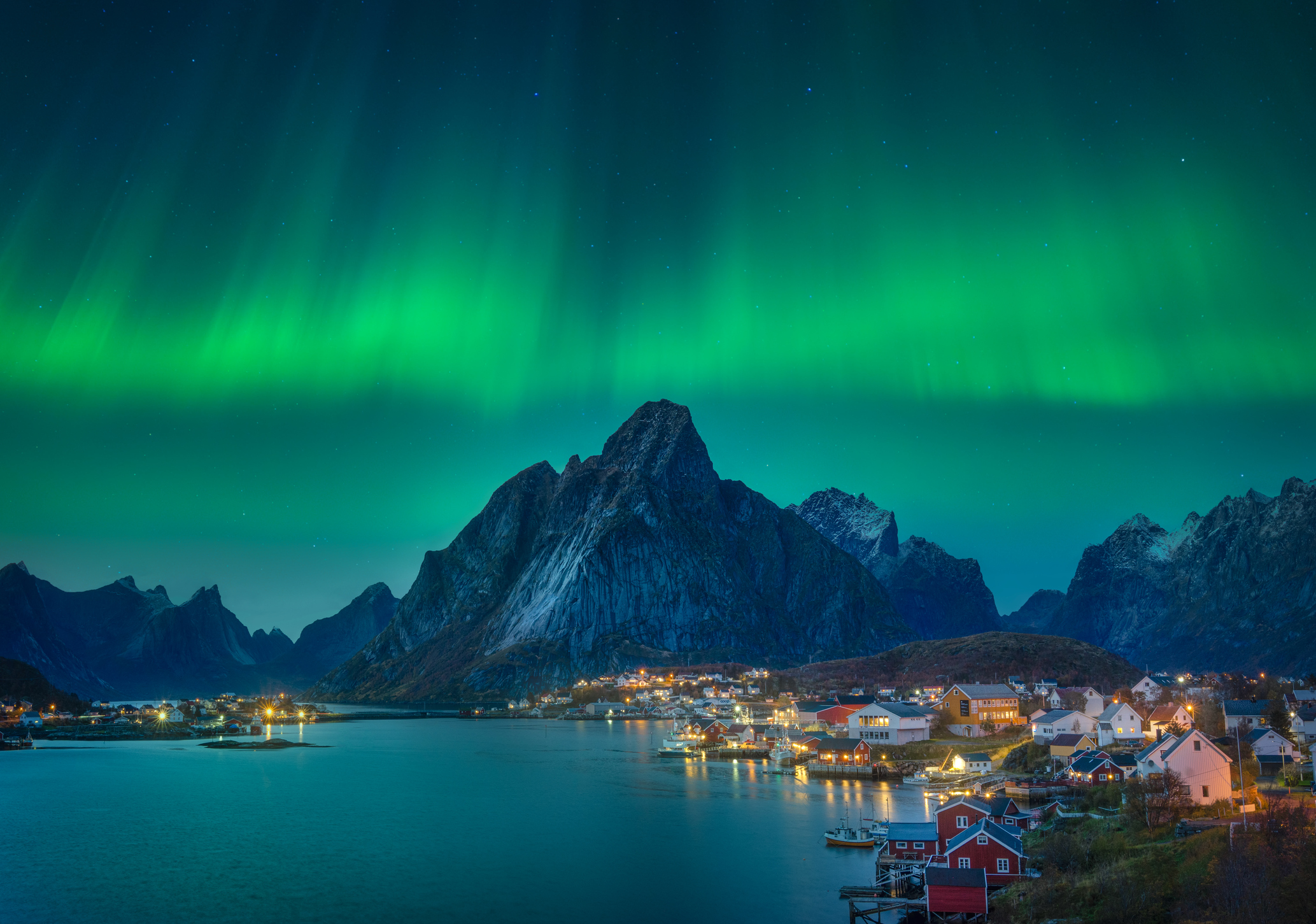Review: Six Senses Vana – a retreat for body and soul
Flora Connell finds rest and spiritual rejuvenation at Six Senses Vana in India

The search for solace often leads to India. It’s a country with such a powerful culture, that – as American professor Robert Thurman once observed – it has a way of absorbing its invaders. The grand finale of the British Empire, for example, was The Beatles smoking hash in an ashram. That ashram was in Rishikesh, now the yoga capital of the world.
Rishikesh, on the banks of the Ganges, is a place where, it is said, the gods can better hear your wishes. I arrived there on Valentine’s Day – appropriately, perhaps, because yoga, like Philip Larkin, teaches that “what will survive of us is love”.
I came here to recover from jet lag and adjust to the climate and altitude before heading for my final destination, just an hour away at Six Senses Vana.
MoneyWeek
Subscribe to MoneyWeek today and get your first six magazine issues absolutely FREE

Sign up to Money Morning
Don't miss the latest investment and personal finances news, market analysis, plus money-saving tips with our free twice-daily newsletter
Don't miss the latest investment and personal finances news, market analysis, plus money-saving tips with our free twice-daily newsletter

Six Senses Vana is hidden away in the Himalayas
Given that it’s a place where you come for rest and spiritual rejuvenation, you might expect this famous retreat to be hidden away in the Himalayas, but it’s not.
It’s set in a small patch of forest right in the middle of Dehradun, a chaotic city where cows, cars and scooters vie for supremacy on what feels like the busiest streets in the world. Yet as you pass through the gates, like entering the metaverse, or crossing to platform nine and three-quarters, you stumble into the stillness of Six Senses Vana.
Forest awakening on arrival
On arrival, you are baptised as a “Vanavasis” – someone who makes a home in the forest. Every guest is robed in a uniform of pearly white and slightly squeaky Crocs. All you need in your suitcase are knickers and socks. And maybe some cosy clothes for evenings in your room plus some yoga/swimwear/gym wear.
In the Amazon, Vana is the name given to the guardian angels of the rainforest – the spirits of our shadows. And among the therapists here, I found a heavenly host of them.
The mystical, five-element acupuncturist, Dr Dimple, is unlike anyone I’ve ever met, and it was worth the trip just to see her. She gets booked up, so, if you visit, be sure to ask for her on arrival. The yoga department run by Josie is exceptional, too.

A garden room at Six Senses Vana
Unlike more traditional ayurvedic centres, Vana’s approach is gentle. The nurses take you by the hand and lead you like a child through the therapies – or if, like me, you are braving the infamous panchakarma treatment, gently across the battlefield. I highly recommend Dr Jaya, though I’m sure the other doctors are equally impressive.
So, what makes Vana unique? Well, it offers all three ancient Eastern systems of healing – ayurveda (the Indian “science of life”), traditional Chinese medicine and Tibetan medicine. It is the only retreat in which the Dalai Lama has allowed therapists trained at his medical school to work. And the Tibetan massages are the most relaxing you’ll find.
Delight the senses
Another highlight is the food. The main restaurant, Salana, is the retreat’s heartbeat. If you arrive early for dinner you can bag a table by one of the small fire pits under the stars. Everything is organic and sustainably sourced, and the talented chefs will make you anything you (or your doctor) desire.

The food is a highlight of the stay
Sneaking into the kitchen with head chef Naveen, I found, unusually for a busy kitchen, no flying frying pans, but an atmosphere as calm as the meditation cave.
Anyone having a bad day, Naveen tells me, is told to go home to keep the food safe from negative energy. Breakfast and lunch is a buffet – Indian and Western – while dinner is à la carte.
Go for a second-floor room overlooking the garden as these are bright in the morning sun, and you can bask on your balcony. The more expensive forest rooms are peaceful, but darker. The sun casts its last rays on the poolside, so this is where to retreat as the evening comes.

The pool is the perfect place to watch the sun set
I would avoid the heat of summer. Already in March my Scottish skin suffers. It’s best, perhaps, to go in January or February, or, if you don’t mind the rain, there’s also the monsoon season (June – September), which is meant to be the best time to receive ayurvedic treatment.
Apart from knickers and socks, take books (somehow you don’t feel like using your Kindle much). There is also a small library with quite a good selection. Don’t leave without doing the Watsu therapy – a Japanese water therapy akin to being returned to the womb and born again.
There was a tall, majestic Indian man who would appear in the dining room in a dusty rose tunic. Each time the waiters, bewitched, would be transformed into an army of mad ants running around in circles. I asked one of the mad ants who he was. The general manager, she said. His calm and elegance neatly summed up the feeling of the whole place.
By the end of the stay, I found that “every leaf speaks bliss to me”, as Emily Brontë once put it. You feel a Vanavasis for life and ready to make your home in the forest for good.
Flora was a guest of Six Senses Vana. From £590 a night in January, sixsenses.com
Get the latest financial news, insights and expert analysis from our award-winning MoneyWeek team, to help you understand what really matters when it comes to your finances.
-
 The shape of yields to come
The shape of yields to comeCentral banks are likely to buy up short-term bonds to keep debt costs down for governments
-
 The sad decline of investment clubs – and what comes next
The sad decline of investment clubs – and what comes nextOpinion Financial regulation and rising costs are killing off investment clubs that once used to be an enjoyable hobby, says David Prosser
-
 How to profit from the UK leisure sector in 2026
How to profit from the UK leisure sector in 2026The UK leisure sector had a straitened few years but now have cash in the bank and are ready to splurge. The sector is best placed to profit
-
 The best luxury saunas, spas and icy plunges
The best luxury saunas, spas and icy plungesRestore your mind and body with luxury fire and ice experiences, from warming saunas to icy plunges
-
 8 of the best properties for sale with indoor gyms
8 of the best properties for sale with indoor gymsThe best properties for sale with indoor gyms – from a four-storey mews house in London’s Knightsbridge, to a 1920s Arts & Crafts house in Melbury Abbas, Dorset
-
 8 of the best houses for sale with beautiful fireplaces
8 of the best houses for sale with beautiful fireplacesThe best houses for sale with beautiful fireplaces – from a 15th-century cottage in Kent to a 17th-century palazzo in Oxfordshire
-
 The top last-minute Christmas gifts
The top last-minute Christmas giftsIt’s not too late to give the perfect present this festive season – we round up a selection of last-minute Christmas gifts worth giving
-
 Lights, camera, action: Where to see the Northern Lights
Lights, camera, action: Where to see the Northern LightsThe Northern Lights are the most spectacular they’ve been in years. Here’s where to see them
-
 8 of the best ski chalets for sale now
8 of the best ski chalets for sale nowThe best ski chalets on the market – from a traditional Alpine-style chalet in Switzerland to an award-winning Modernist building in Japan’s exclusive ski areas
-
 The best Christmas gifts for your loved ones
The best Christmas gifts for your loved onesWe round up the best Christmas gifts with a touch of luxury to delight, surprise and amaze family and friends this festive season